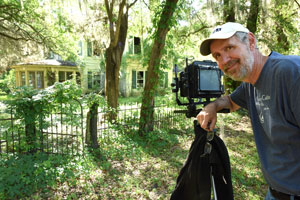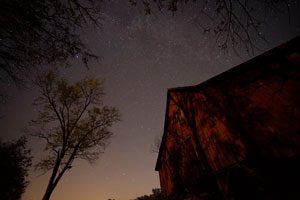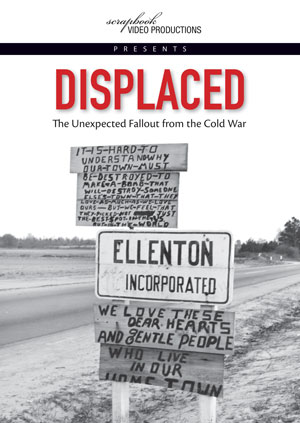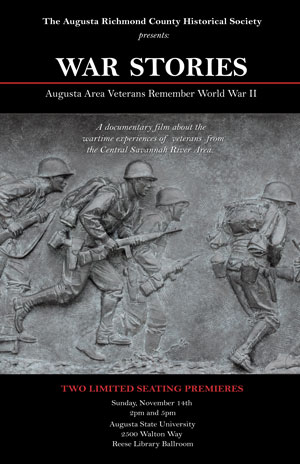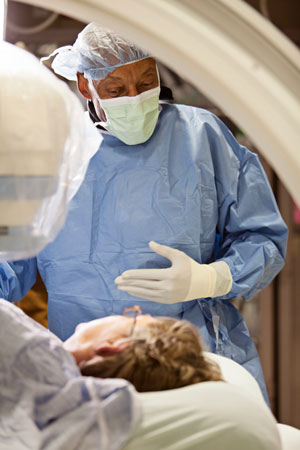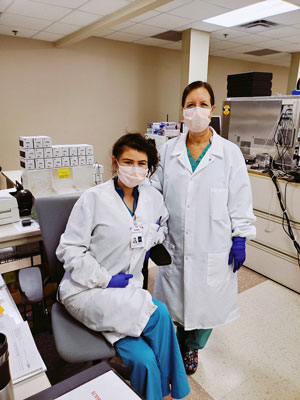
If you build it, they will come. The Rock Garden in Calhoun, Georgia is a testament to that.
If you’re looking for a relaxing way to spend an early fall afternoon, then you might want to consider visiting Paris’ pre-fire Notre Dame Cathedral or the Colosseum of ancient Rome. Yes, we know you can’t travel back in time and that air travel to Europe is restricted now because of the coronavirus pandemic. And you can hardly visit Paris or Rome in a day.
However, we know a secret. Tucked behind the Seventh-day Adventist Church in Calhoun, Georgia, The Rock Garden: A Place of Prayer, is home to more than 50 miniature stone structures, including the Notre Dame and the Colosseum. And since a car trip to Calhoun just might be the next-best thing to international travel these days, the peaceful little place, which is not more than an acre in size, is waiting.
“It’s designed as a nice, quiet place for people to come admire nature, meditate and think about their creator,” says Mike Miller, maintenance manager of The Rock Garden.
While the setting might be humble, visitors nevertheless should prepare to be impressed.
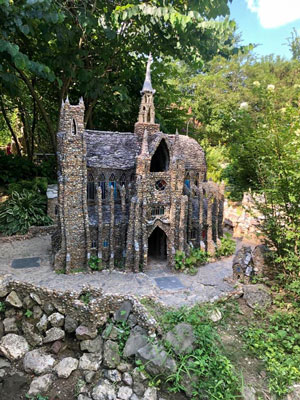 Solitude and Serenity
Solitude and Serenity
The intricate mini structures are made out of tiny stones, pebbles, shells, odd pieces of broken glass and china, ceramic tile, wire, cement and other craft materials. The creations also include other cathedrals, a monastery, castles, towns and bridges, and they’re all designed to mimic their larger counterparts. They share another common characteristic as well.
“All of the structures are from medieval times,” Miller says.
In addition to the Notre Dame – complete with stained glass windows, of course – and the Colosseum, a stroll along the stone garden paths leads to other historic places. Visitors can get a glimpse of a diminutive Dover Castle, a fortress that is known as the “key to England” and has played a crucial role in the country’s defense for more than nine centuries.
They can explore the little town of Bethlehem, which took a year to build, or Nottingham, where legendary outlaw Robin Hood stole from the rich to give to the poor. Paris, the City of Lights, when it was merely a village, is represented as well.
A replica of Japan’s Himeji Castle can transport visitors to East Asia. Also known as White Heron Castle because of its elegance and white appearance, the structure is widely considered as Japan’s most spectacular castle for its imposing size, beauty and well-preserved grounds. Unlike many other Japanese castles, this feudal building never was destroyed by war, earthquake or fire and survives to this day as one of the country’s 12 original castles.
An unfinished replica of Jerusalem also is underway. While construction has been put on hold, Miller says it could resume in the fall.
 Some of the other constructions have religious themes as well, and some places have scriptures inscribed in walkways or walls. The Ten Commandments tablets are embedded, broken, in one of the walkways.
Some of the other constructions have religious themes as well, and some places have scriptures inscribed in walkways or walls. The Ten Commandments tablets are embedded, broken, in one of the walkways.
“We also have painted rocks with Bible verses and promises on them to emphasize God’s love,” Miller says.
The Rock Garden is a great place for a family outing, or – just in case you haven’t had enough me time lately – it’s the perfect spot to find a little bit of solitude and serenity. While you might be alone with your thoughts, however, you’ll still have some company with you.
If you peek inside the buildings, you’ll see porcelain people in various rooms and nooks and crannies of the tiny structures, and porcelain animals dot the landscape. Some of the figures are only 2 inches tall.
Self-Guided Fun
The whimsical garden is the brainchild of DeWitt “Old Dog” Boyd, a California native who started creating the tiny villages for his eight children as a family game. Each time his family moved, he would reconstruct a tiny village for his children. He also made an alter-ego porcelain figure for each child.
“He was a sculptor by trade, and he would make intricate little figures,” says Miller. “This started as an amusement and a hobby for him.”
 In 2007, the self-described “scoundrel” started the rock garden to keep himself “out of trouble.” Later, his wife, Joyce, joined him in his efforts, and she started building most of the structures in 2014 while he concentrated on the porcelain figures. The couple has since moved to Mississippi, but their children and 20-30 grandchildren have carried on the tradition.
In 2007, the self-described “scoundrel” started the rock garden to keep himself “out of trouble.” Later, his wife, Joyce, joined him in his efforts, and she started building most of the structures in 2014 while he concentrated on the porcelain figures. The couple has since moved to Mississippi, but their children and 20-30 grandchildren have carried on the tradition.
“DeWitt was not trying to emphasize anything in particular,” says Miller. “He had no master plan. He just got permission from the church to start building there. The only thing he followed through on was the medieval setting.”
Originally, the tranquil spot was intended to be a prayer garden. However, it was renamed The Rock Garden because of 1 Corinthians 10:4, which says “. . . that Rock was Christ.”
Visitors can forget their troubles as they roam through the rock garden on self-guided tours, and free, onsite parking as well as picnic tables also are available.
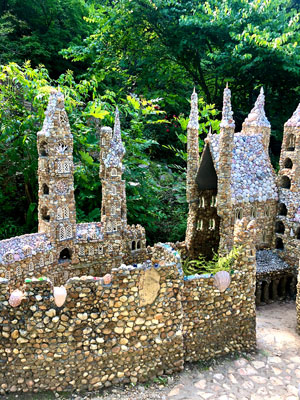 Depending on the season, garden flowers include roses, hydrangeas, clematis, ferns and hostas. In addition, visitors can walk on a shady, 1-mile, unpaved trail behind the garden. The trail runs along a creek, up a steep hill and down the other side to the opposite side of the garden.
Depending on the season, garden flowers include roses, hydrangeas, clematis, ferns and hostas. In addition, visitors can walk on a shady, 1-mile, unpaved trail behind the garden. The trail runs along a creek, up a steep hill and down the other side to the opposite side of the garden.
The property also includes a pavilion, which serves as a music or a wedding venue, and an enclosed Prayer Place. Hearts with the names of couples who were married in the garden are embedded in the rock walls that surround the Prayer Place.
About 300 to 400 people a week visit The Rock Garden, says Miller, and they come from all across the country.
“The Chamber of Commerce says it’s the biggest draw in the city,” he says.
If You Go:
What: The Rock Garden: A Place of Prayer
When: 8 a.m. – 8 p.m., seven days a week
Where: Seventh-day Adventist Church, Highway 53 South, 1411 Rome Road SW, Calhoun, Georgia
How Much: Free, but donations are accepted
More info: (706) 629-5470 or The Rock Garden Facebook page
By Morgan Davis
